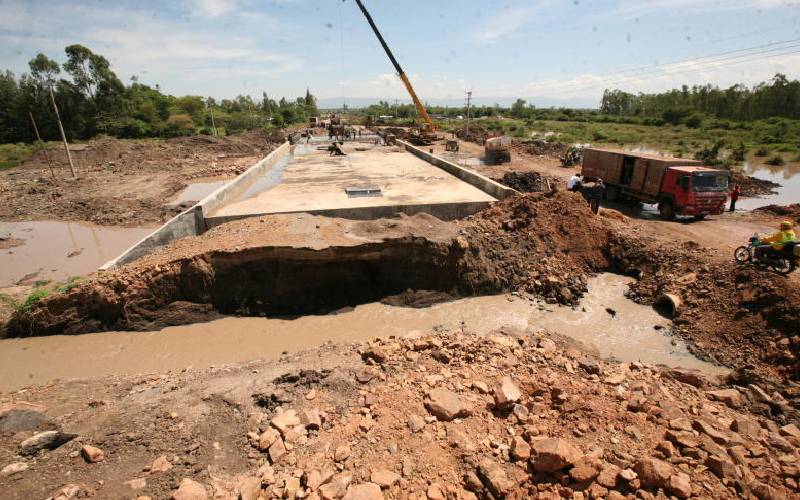×
The Standard e-Paper
Informed Minds Prefer The Standard

Construction work goes on at the Ahero-Katito bridge. The collapsed bridge had cut off residents of Ayweyo from Ahero town. Most of them had been forced to use the Awasi route to reach Ahero. [Denish Ochieng, Standard]
The collapse of the Ahero-Katito bridge in Kisumu has made life an expensive affair for residents who use the bridge to access Ahero town.